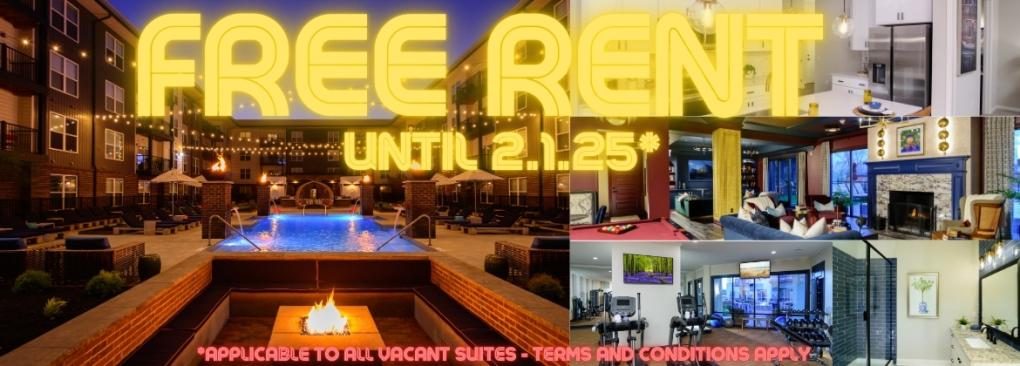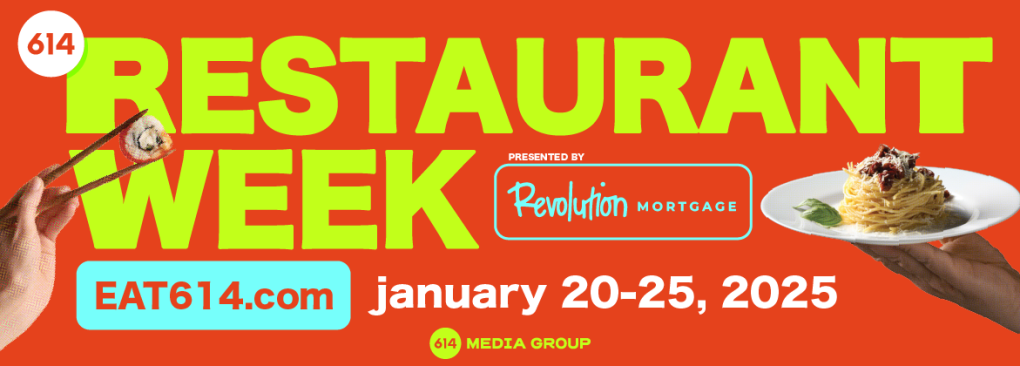Restaurant Survival Guide: Local spots trudging forward amid the outbreak

Just getting by is the new normal for the once bustling Columbus culinary scene. Some are still struggling to make it from one day to the next, while others have shuttered their establishments entirely for now, maybe forever. With the future as uncertain as the spread of the coronavirus that prompted such dramatic measures, a few creative solutions and lessons have emerged to help our favorite haunts weather the weeks, perhaps months ahead.
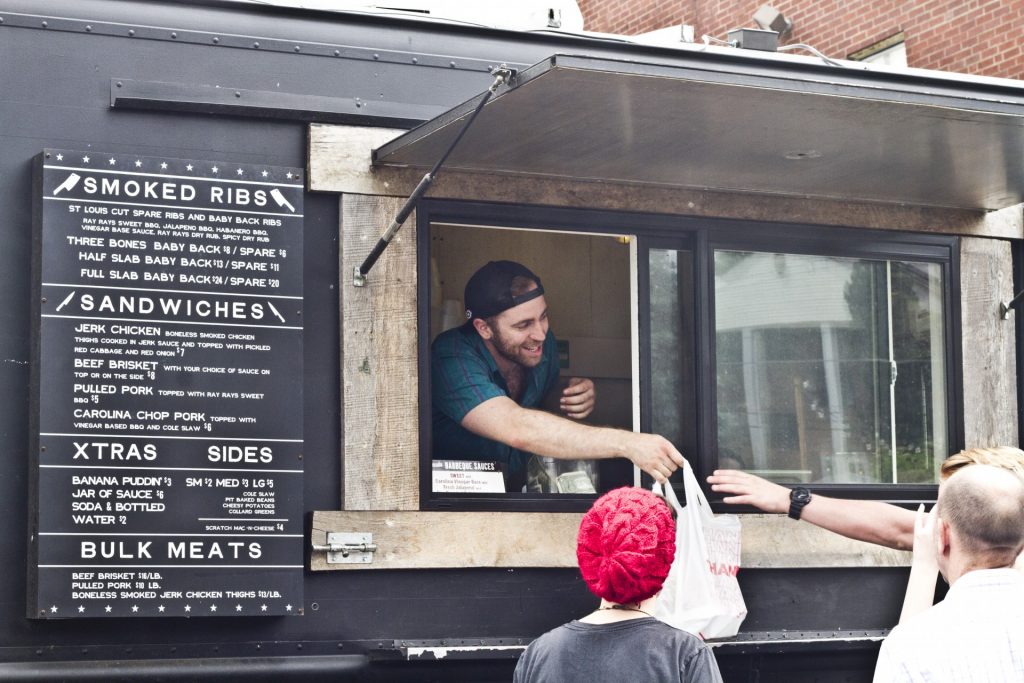
Ray Ray’s Hog Pit | rayrayshogpit.com
Locally known and nationally renowned, James Anderson’s beloved barbecue might be the best prescription for troubled times. With an already abbreviated menu of best sellers and rotating specials, brick and mortar counterparts would be wise to consider running their operations more like a food truck. Light, tight, and low frills—just like any legit pit.
Though the Land-Grant location is temporarily closed, Clintonville and Westerville remain open with added procedures to ensure patrons maintain minimal direct interaction, like a chain and new signage to make handoffs less hands-on and transactions less face-to-face.
“The taproom generates 90 percent of our business at Land-Grant. It was a no-brainer to close from the very beginning,” Anderson noted. “They close on Thanksgiving and Christmas, so we’ve always gone with their hours. We moved everyone up to the other two, which are going strong and surviving just fine.”
Suggesting cards over cash, changing gloves between any back and forth exchanges, and ensuring longtime customers know what to expect through social media have become standard practices for most businesses. But Ray Ray’s is still trying to keep the experience original and authentic, even as everyday interactions grow farther apart.
“We’ve started doing call-ahead ordering with no minimum, encouraging people to prepay, so there is less hand-to-hand contact,” he noted. “There’s also a 6-foot chain at the front of the line. You have to kind of reach for your order to get to the window. We’re protecting customers and employees that way.”
Operating limited days and limited hours have always been part of his business strategy, as is a more limited menu with only those items that always sell well making the cut. Staffing is also a factor facing restaurants that remain operational, often with more workers than they need or too few to make do.
“Right now, I have a full staff, so I’m going to have a full menu. I’ve already seen some competitors paring their menus down, which I think is a smart idea,” Anderson revealed. “But we’re giving all of our staff the option to work or not. If they don’t feel comfortable in this crisis, there’s no boss telling anyone they have to come to work.”
BROUGHT TO YOU BY
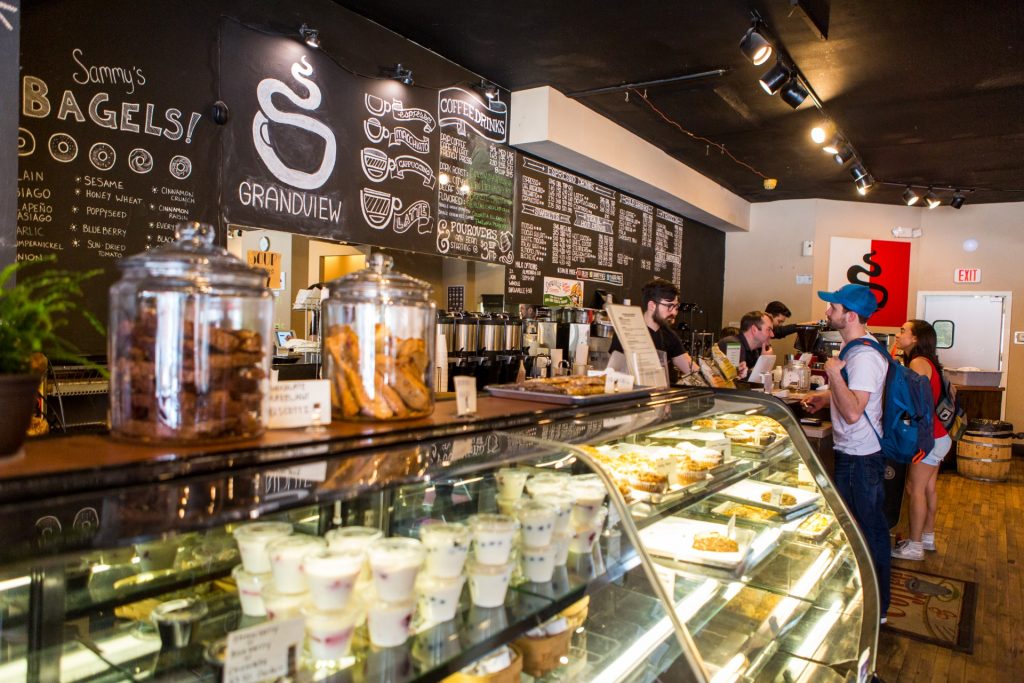
Stauf’s Coffee Roasters | staufs.com
The pioneer of coffee culture in Columbus continues to pull espresso shots, steam milk, and bag beans—albeit with some apparent accommodations. To-go and curbside pickup are now standard, with an expanded menu of commodities to hopefully help patrons procure provisions and simple staples without a separate trip to the grocery store.
Blurring the line between supply chains may sound like an obvious approach to address supermarket scarcity. But Mark Swanson, president of Stauf’s Coffee Roasters, knew launching an untested retail strategy amid upheaval in everyone’s daily coffeehouse ritual required rethinking nearly everything.
“We didn’t waste any time and started adjusting procedures more than a month ago. One of the things I love about our team is that they’re creative and flexible,” explained Swanson. “If anyone had an idea to improve what we were doing, we discussed it and implemented it immediately. Then we let our customers know why we were making changes to help keep everyone healthy.”
Offering milk, eggs, and bread for easy pickup, as well as meal kits, soups, salads, and such isn’t an end run around the grocery. It’s a stopgap solution, especially for items that may be tough to find for a while, like diary-free milk alternatives, perishables, and personal hygiene products that may seem incidental until they’re essential.
“We still have sandwiches, pastries, and cookies. We’ll start doing growlers of iced coffee as it gets warmer,” he noted. “What we’re trying to do is become a place where you can grab a couple meals and maybe six essential things without bumping into people at the grocery. It’s all about reducing risk by reducing exposure.”
Less conspicuous changes required delaying an expansion at the Cup O’ Joe in Clintonville and building up the small-scale side of their commercial coffee roasting business by offering free shipping on beans by the pound mailed directly to customers. They’ve even added a clever contraption in stores to fill bags of beans with less direct contact.
“Everyone at Stauf’s has worked in the service industry. We’ve all been baristas, servers, and delivery drivers. We’ve been out there on the frontlines,” Swanson noted. “Our changes come from a place of empathy. We know exactly what would have scared us. It’s why information and transparency are so important for our staff and our customers.”
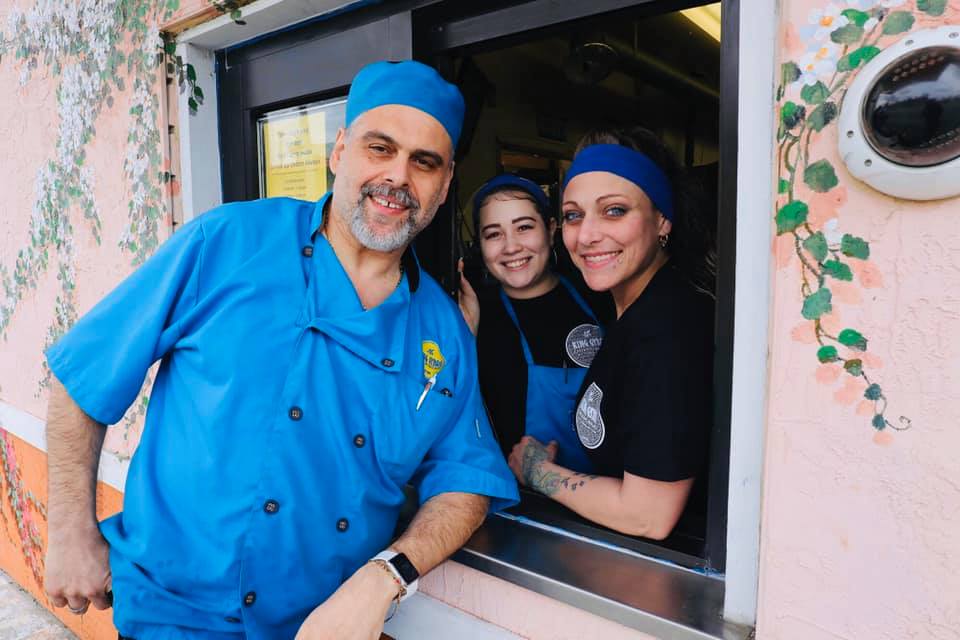
King Gyros | kinggyros.com
Ethnic eateries thrive by offering entrées even accomplished cooks can’t replicate at home. But unlike the strip mall spots many select, this Mediterranean mainstay happens to have a drive-thru window, one that has become a life raft for the business and customers eager to remain connected through the current crisis.
Like many first-generation immigrants, Yianni Chalkias grew up working in his family’s restaurant. But when he started looking for the right place to open his own three decades ago— what we now call a “fast casual” concept—the former Taco Bell left little room for tables.
“My dad had a full-service restaurant. But when I was looking for someplace, I knew I wanted to have a drive-thru,” Chalkias recalled. “We’ve always offered the same quality and service with our drive-thru and takeout as we do with dine-in. Everything is beautiful when you open up the box. It’s the experience customers expect.”
An extensive remodel added an expansive dining room and patio that now sit empty. But building a robust takeout business and an exhaustive menu around shared ingredients helped increase selection and control costs, both smart strategies during tough times.
“People crave what they can’t make at home. Like our kabobs, char-grilled salmon, and calamari—or specials like our lamb shanks and Greek meatballs. But vegetarians love our falafel and pita with hummus or roasted eggplant,” he noted. “Sometimes people don’t believe we make like 20 different desserts in house. But we do. They may only go out once a week, so ordering dessert makes it more of a special occasion.”
Stepping up their social media presence has proven pivotal as well. Facebook posts and Instagram remind longtime patrons about hours and specials. Short videos also share the familiar faces of staff customers are used to seeing behind the counter, whom many admit they miss most of all.
“I started on Instagram as a way to get out of the kitchen, but it’s become a business tool. I do a lot of polls, just to see what people think about how we’re doing,” Chalkias revealed. “These are vulnerable times. So you have to be sure you maintain your connection to your customers. They’re our family too, and you always take care of family.” •
Please call ahead or check social media for current menus and hours of operations, as website information may not reflect recent changes.
BROUGHT TO YOU BY


